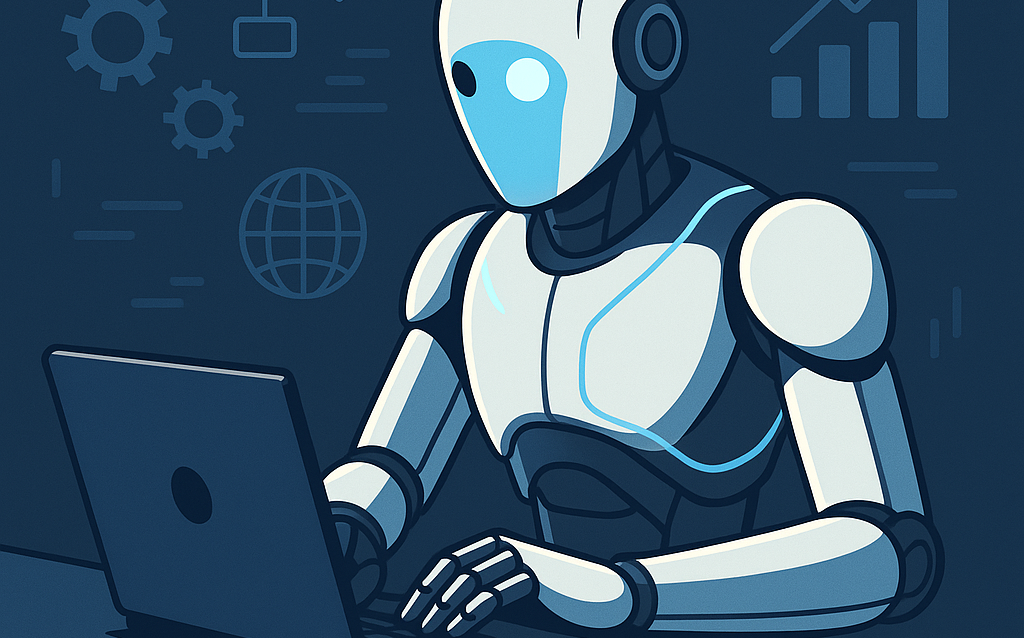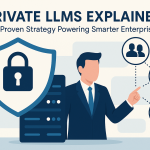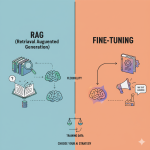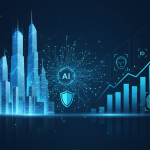Traditional Automation Is Dying – Enter Agentic AI. In the world of business technology, one truth is becoming clear- traditional automation is no longer enough. Rule-based workflows and rigid scripts helped companies save time for decades, but today’s fast-changing markets demand more. Enter Agentic AI—a new era of intelligent, adaptive automation that doesn’t just follow instructions but thinks, learns, and acts with purpose.
If your business is still relying solely on old-school automation, you may already be falling behind. Let’s explore why traditional automation is fading, what makes agentic AI different, and how to decide the right path forward.
Why Traditional Automation Is Losing Relevance
Traditional automation is built on fixed rules and predictable processes. It powers things like-
- Payroll processing
- Invoice approval workflows
- Email campaign triggers
- Robotic process automation (RPA) bots
For repetitive tasks, it’s reliable. But in 2025 and beyond, businesses face data-heavy, dynamic challenges that static systems cannot handle.
Limitations of traditional automation include-
- Breaks down when rules change frequently
- Can’t handle exceptions or uncertainty
- Requires human intervention for complex cases
- Struggles to scale in fast-moving industries
In short- traditional automation is efficient but blind. It does what you tell it, nothing more.
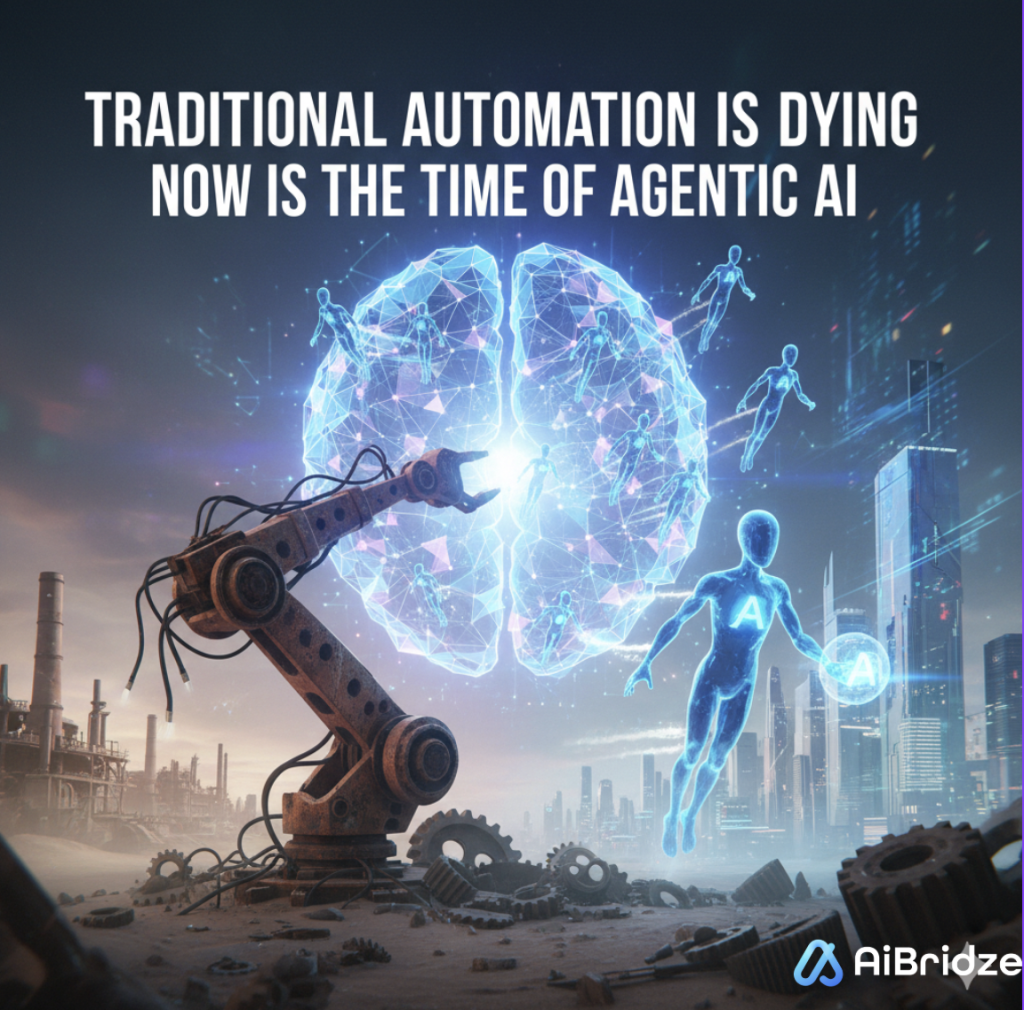
What Is Agentic AI?
Agentic AI is automation with intelligence. Instead of just following rules, AI agents are goal-driven systems that can-
- Perceive inputs (from APIs, real-time data, or users)
- Reason and decide based on changing conditions
- Take multi-step actions toward a defined outcome
- Learn and adapt over time
Think of it as the difference between a factory worker who follows a checklist versus a skilled manager who can make decisions, solve problems, and adapt on the fly.
Examples of Agentic AI in action-
- Customer support bots that resolve complex issues across multiple channels
- AI-driven financial advisors monitoring markets and adjusting portfolios in real time
- Supply chain systems that reroute shipments automatically when disruptions occur
- Healthcare assistants that recommend treatments based on evolving patient data
Traditional Automation vs. Agentic AI- Key Differences
| Feature | Traditional Automation | Agentic AI |
| Decision-making | Rule-based, predefined | Goal-driven, adaptive |
| Flexibility | Low (rigid rules) | High (adapts to new inputs) |
| Data usage | Minimal, structured | Continuous, real-time, unstructured |
| Best for | Repetitive, stable tasks | Complex, dynamic, evolving tasks |
| Human oversight | Frequent for exceptions | Minimal once deployed |
Why Now Is the Time for Agentic AI
The shift isn’t just hype. Businesses that adopt agentic AI are already seeing measurable gains-
- Speed- Processes adapt in real time without manual fixes.
- Scalability- Systems handle growth without constant reprogramming.
- Resilience- AI agents adjust when markets, regulations, or customer needs shift.
- Innovation- Frees up human talent for creative, strategic work instead of repetitive tasks.
In today’s environment—where change is constant—sticking to traditional automation alone is like using a typewriter in the age of cloud computing.
Should You Replace Automation with AI Agents?
Not entirely. The most effective strategy is often hybrid–
- Use traditional automation for repetitive, rule-based tasks (e.g., invoice generation, form submissions).
- Use agentic AI for dynamic, unpredictable areas (e.g., customer engagement, fraud detection, logistics).
This way, you maximize efficiency while unlocking adaptability.
How to Get Started with Agentic AI
- Audit Your Processes – Identify repetitive vs. dynamic workflows.
- Choose Pilot Projects – Start small (customer support, data insights, supply chain).
- Ensure Data Readiness – Agentic AI thrives on clean, accessible data.
- Plan Governance – Define human oversight, compliance, and security frameworks.
- Scale Gradually – Expand into more departments as confidence grows.
At AiBridze, we specialize in guiding businesses through this transition—helping you modernize automation strategies, integrate AI agents, and ensure smooth adoption.
Final Thoughts
Traditional automation is dying. It’s reliable but outdated in a world where adaptability is the key to survival. Agentic AI represents the future—intelligent, responsive, and transformative.
The real winners will be the businesses that act now, embracing AI agents not as hype but as a strategic advantage. The question isn’t if you’ll adopt agentic AI, but when. And in today’s competitive landscape, waiting too long may be the costliest mistake of all.

